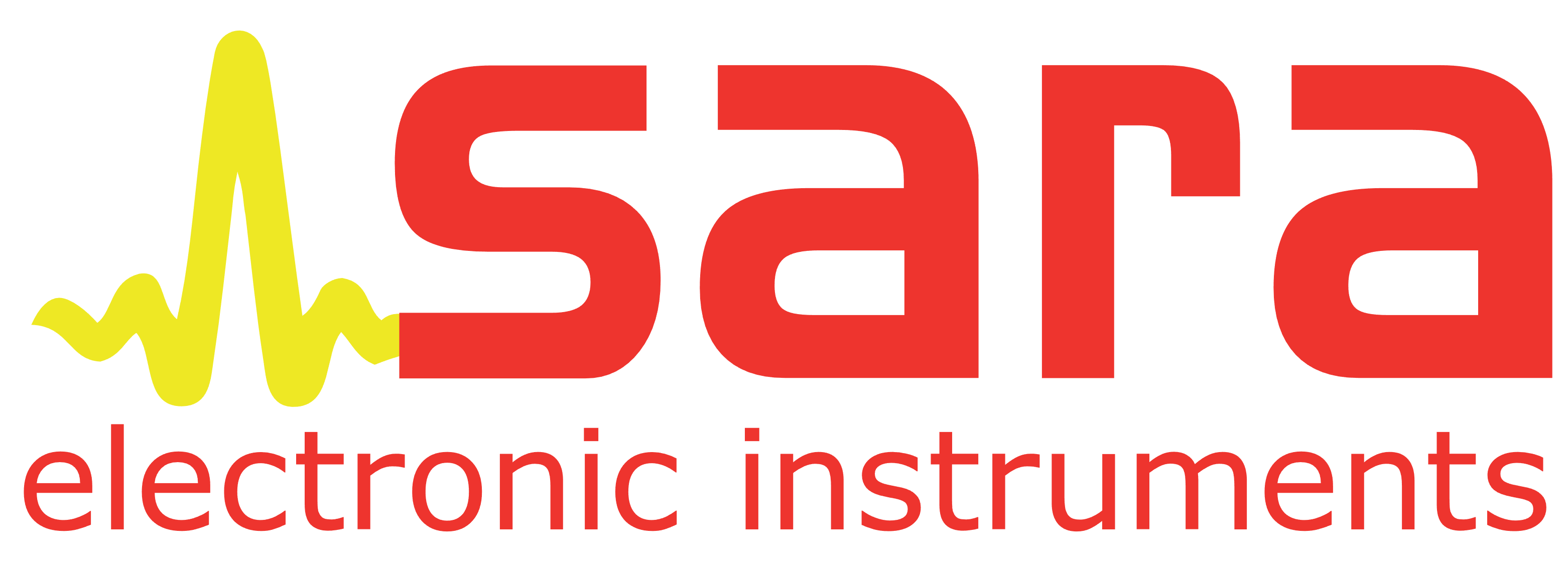International Registry of Seismograph Stations
|
Please register stations using the form below. Please ensure the fields are correct by following the station registration rules. Given the recent migration of the ISC to ADSL station coordinates it is now no longer a necessity to register stations in the IR if the station’s coordinates are registered as part of an FDSN network code and are publicly accessible from an FDSN Data Center (i.e. ORFEUS, IRISDMC etc.). If you do not have an FDSN network code or do not wish to register your station to it, we are happy to register your station in the IR. You can also register your station at both an FDSN Data Center and in the IR. |
Sponsored by:

|

|

|
Provisional Station Registration
Rules for the registration of stations
The following rules should be applied when registering stations:Station code |
top |
Codes must begin with an upper case letter in the Roman alphabet, but the remaining characters may be any combination of upper-case alphanumeric symbols. There must be at least 3 characters and a maximum of 5 characters used for the code. Codes containing non-alphanumeric characters (such as AB-) have been accepted in the past, but are no longer assigned because they violate the FDSN Standard for Exchange of Earthquake Data (SEED) format and they cause problems for computer programs designed to parse telegraphic streams.
In addition, codes which are
- the same as phase arrival designations (such as PKP)
- are identical to keywords used in the International Telegraphic Format for Seismic Data Exchange (such as VEL or STOP)
- which would interfere with telegraphic exchange of the data (such as NNNN)
are discouraged. Most of these codes which have not yet been assigned to a station are listed as forbidden. In addition, certain network codes (such as MNLO) have been listed as forbidden. These codes would only be assigned to a station operated by that network.
If a code is suggested by the station operator which meets the restrictions above, that code is assigned if it is available and if no other international code has already been assigned to that location. If no code is requested by the operator, IRS will assign an available code which has some mnemonic relation to the station name and/or region or network. For example, GLD is assigned to Golden, Colorado; SPA is assigned to South Pole, Antarctica; and ETOR is assigned to Torete, Spain (E = España, the Spanish word for Spain). Frequently, networks which operate a large number of stations assign their own local codes to stations in their network. In general, if this local code is available, IRS will also assign it as the international code for that station. If it is not available, a different international code will be assigned and the local code will be listed as a comment. With codes assigned recently, the international code is, whenever possible, derived by appending a fourth character representing the region or network to a three-character local code. It is strongly recommended that international codes be used when data are transmitted to international organizations such as NEIC, ISC or the European-Mediterranean Seismological Centre (CSEM/EMSC).
Because of the need for accurate station positions for hypocenter location programs, a new international code is assigned if a station is moved more than one (1) kilometer from the previous location. If the move is less than one (1) kilometer, a new code will be assigned if requested by the operator. Because of its importance for relocation studies of historic earthquakes, it is requested that operators notify international centers whenever a station is moved. It is also important to know the date that the move occurred. An attempt has been made in this publication to indicate that a station has been moved without having a new station code assigned by including a comment. However, there has been no exhaustive search of historic station locations to ensure that all stations which have moved have a comment stating that fact. If a new station position is obtained because of a more accurate survey, without the station being physically relocated, the coordinates will be changed in the station record, but a new code will not be assigned.
Station name |
top |
A station name can simply be the name of the closest town or city. In many cases the name of a nearby geographical feature such as a lake is used. Please note that this does not have to be unique or subject to any limitations other than a length of 80 characters or less.
Latitude |
top |
This is a real number in the range +90.0 to -90.0 degrees. As such locations in the northern hemisphere are +ve and -ve in the southern. These should also be given in WGS84 coordinate system.
Longitude |
top |
This is a real number in the range +180.0 to -180.0 degrees. As such locations in the eastern hemisphere are +ve and -ve in the western. These should also be given in WGS84 coordinate system.
Elevation |
top |
The surface height (metres) above geoid
Depth |
top |
The instrument depth (metres) below surface
Open date |
top |
The first date of operation of instruments at the site. This is a fixed format of YYYY/MM/DD.
Close date |
top |
The last date of operation of instruments at the site. This is a fixed format of YYYY/MM/DD.
Contact details |
top |
The International Registry of Seismograph Stations can be contacted at:
|
International Seismological Centre Pipers Lane, Thatcham, Berkshire United Kingdom RG19 4NS voice: +44 (0)1635 861022 fax: +44 (0)1635 872351 web site: http://www.isc.ac.uk/ e-mail: station_reg  isc.ac.uk isc.ac.uk |

